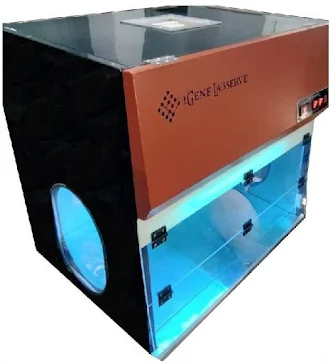It might be challenging to fully comprehend the characteristics of a PCR workstation and determine whether you require one for your application because of its various applications and functions. It might be challenging to choose which PCR workstation type is appropriate for your requirements after you understand what one is. There are several different varieties available. However, don't let that scare you away; with a little background information, you'll be able to choose the best PCR workstation.
When to Use a PCR Workstation?
Although PCR workstations are frequently associated with medical applications, they have a wide range of other uses as well. They operate best in tasks that demand particle-free air and aim to safeguard the procedure being performed. Preparation of media plates, plant tissue cultures, electrical device construction, and mycology are a few examples. A PCR workstation is ideal for any application where you want to safeguard your work from contamination, at the end.
Learning what PCR workstations can and cannot be used for is just as crucial as knowing what they can. If you want to shield the operator from the substances being worked on, you shouldn't utilize them. After understanding the PCR Workstation uses, let’s get into the benefits of this equipment.
Benefits of a PCR Workstation
- Filter replacement accuracy is ensured by a filter safety lockout.
- UV light is reflected by the architecture of polypropylene and polycarbonate.
- When the sash is lifted, the sash safety switches immediately shuts off the UV light and switches on the blower.
- When the sash is closed, an automatic sash switch shuts off the blowers to maintain the air barrier.
- UV radiation protection using overlapping polycarbonate sashes
- Tested to UL 61010-1, CSA C22.2 No. 61010-1, and EN 61326-1
- A visible and audible low airflow alarm alerts the user.
- A visible and audible low airflow alarm alerts the user.
- Real-time monitoring of a filter bed installed
- Since the filter and electronics are above the workplace, there is little danger that a chemical leak will get into these delicate regions.
These are some of the things to understand about PCR Workstation. If you have any questions about the equipment, bring down your query to IGene Labserve by visiting https://www.igenels.com/ or dial 09310696848 to understand everything about the product.







